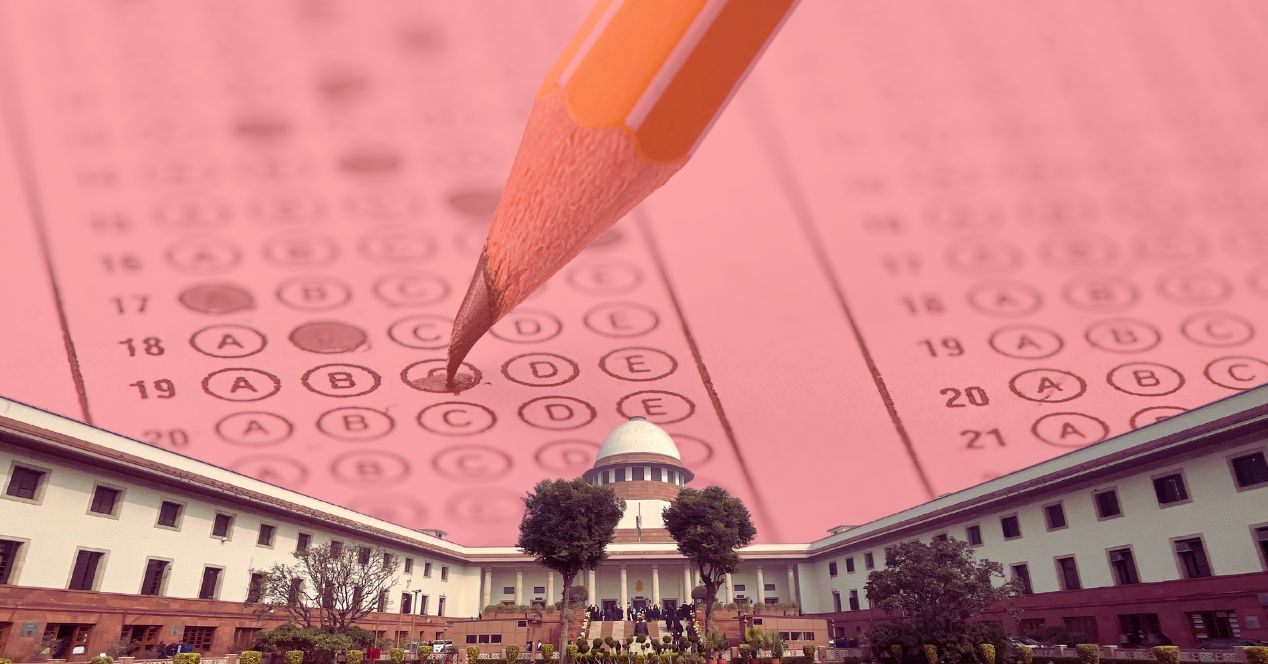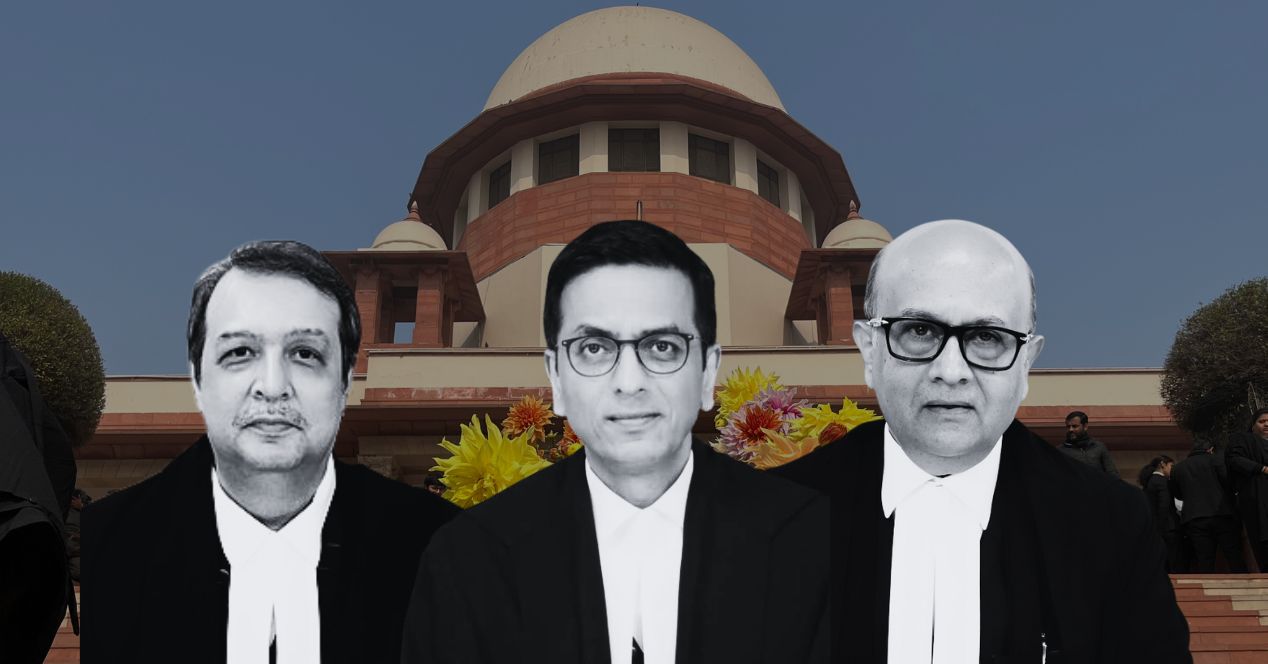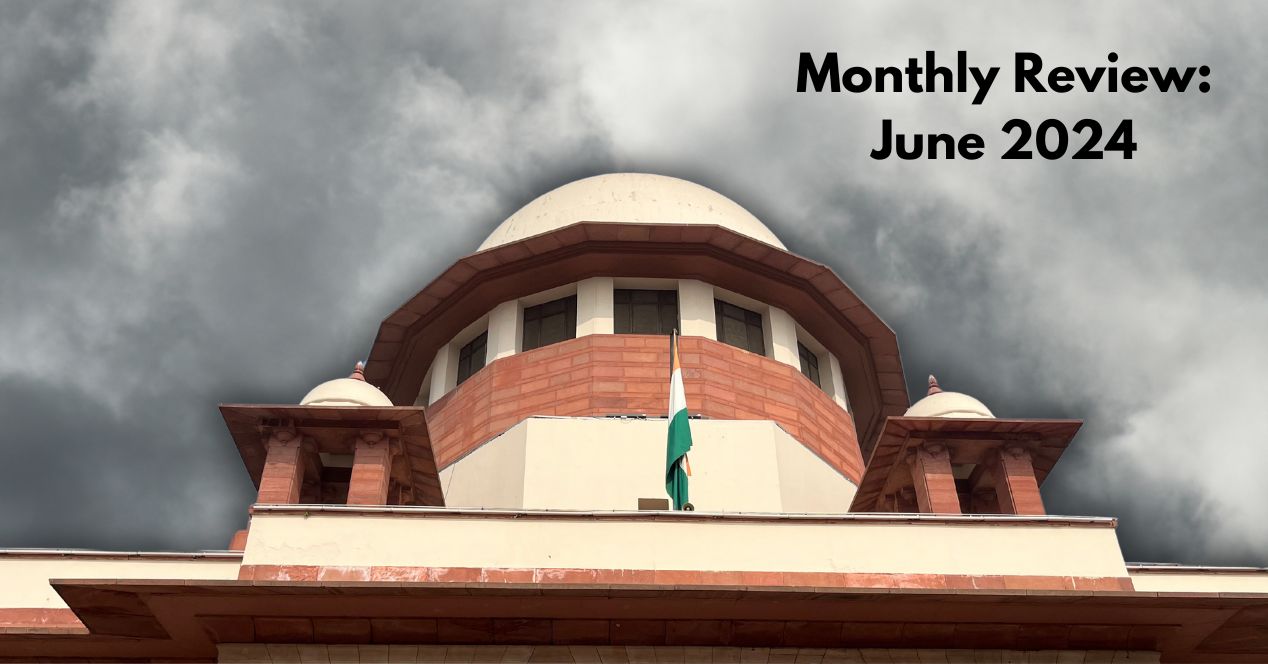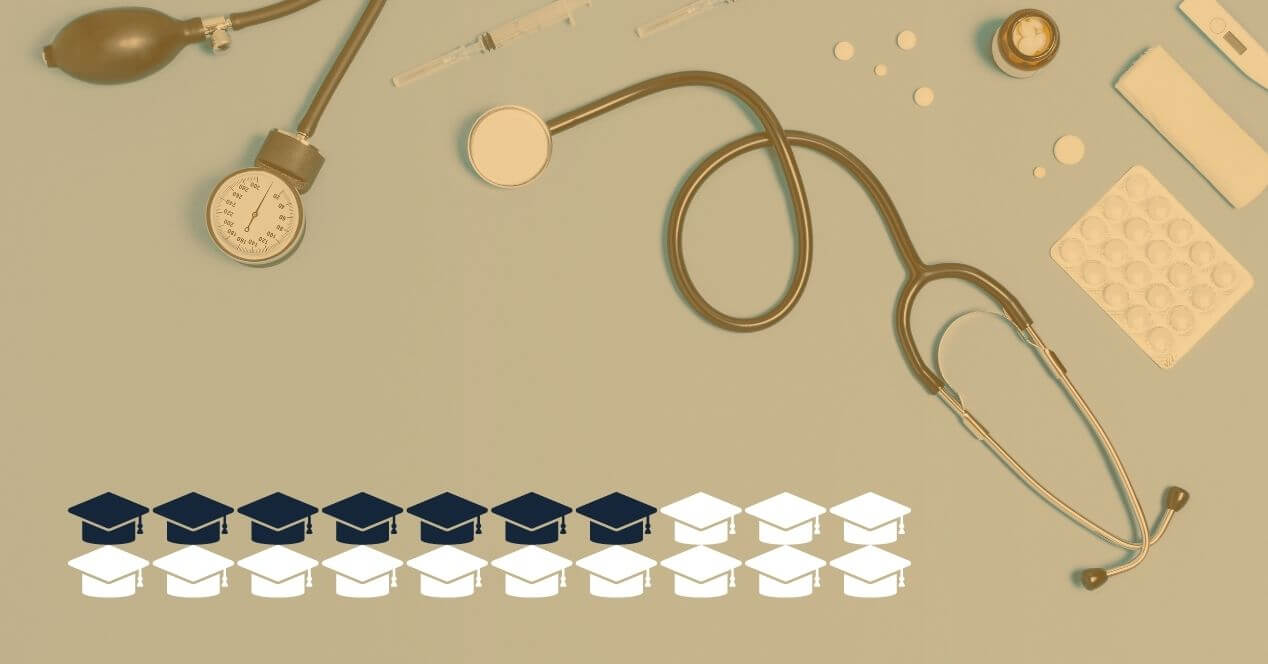Analysis
Common entrance exams and the Supreme Court
A review of cases on all-India exams suggest that the Court has encouraged centralisation even at the cost of shoddy administration
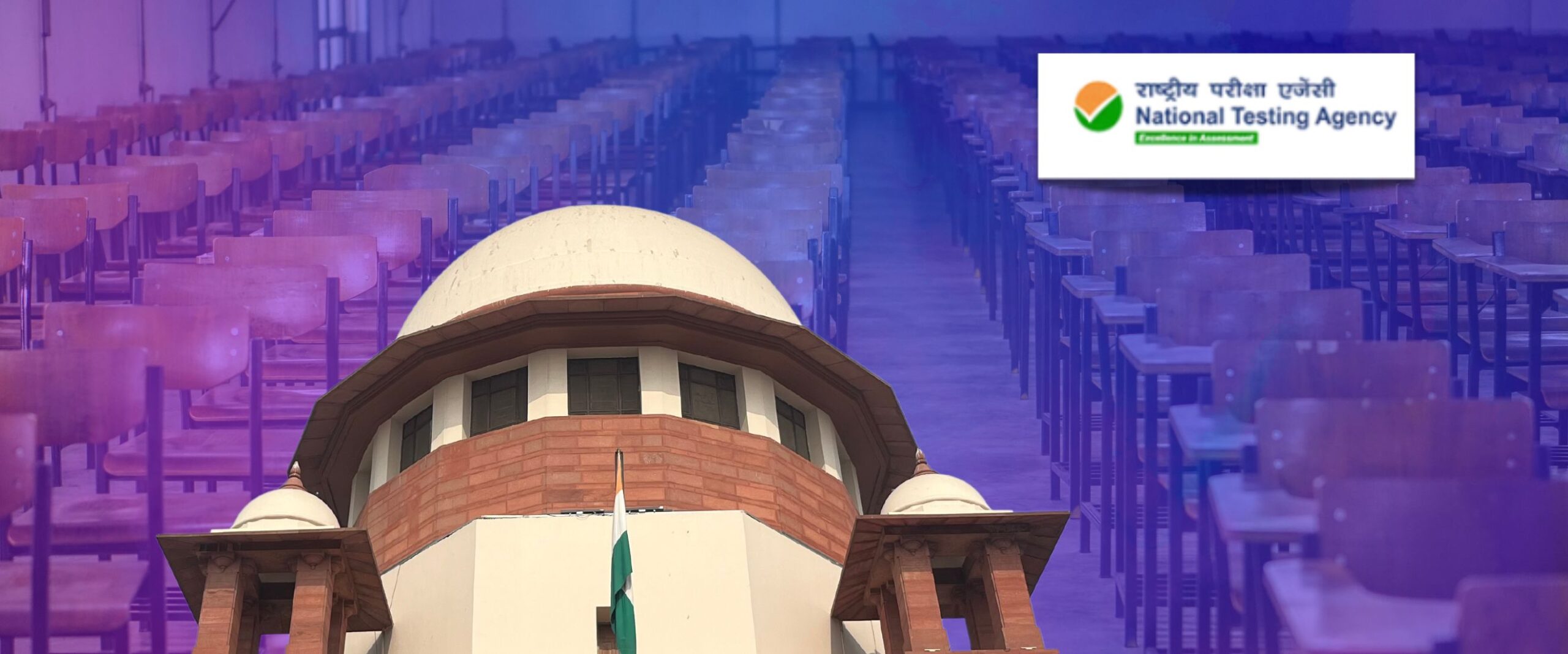
The results of this year’s National Eligibility cum Entrance Test (NEET), for admission to undergraduate medical colleges in India, were declared on 4 June 2024. But a day of closure turned into one of chaos after it was found that an unprecedented 67 students had scored perfect marks. Some students had scored marks that were impossible to obtain under the marking scheme. Allegations of a paper leak were flying thick and fast.
On 19 June 2024, the government scrapped the UGC-NET exam (for PhD fellowships and assistant professorships) that had taken place the previous day over similar concerns of a leak. Both the UGC-NET and NEET leaks are now being probed by the Central Bureau of Investigation.
Since 2018 and 2019, UGC-NET and NEET respectively have been conducted by the National Testing Agency (NTA), a government unit that was first proposed in 1986 to administer critical all-India examinations. The NTA was finally established only in November 2017. It has not been smooth sailing. Since then, 1100 cases have been reportedly filed against the agency in the Supreme Court and various High Courts.
This year, unsurprisingly, petitions have flooded the Supreme Court after the discovery of the discrepancies in the NEET. On 21 June, a Vacation Bench refused to postpone the counselling process of NEET. On 8 July, a bench led by Chief Justice D.Y. Chandrachud, while hearing a batch of petitions seeking a retest, observed that the paper leak was an “admitted fact” and directed the NTA and the Union to submit consolidated information on how the leak occurred.
This serves as an entry-point into the wider story about the role of the higher judiciary in the administration and adjudication of all-India entrance examinations. Many of these exams are perceived as make-or-break for aspirants’ careers. The Supreme Court has not shied away from entertaining these petitions, acknowledging that these exams are of “national importance”.
But even as the Court has been proactive in admitting cases and listening to grievances of individual candidates, it has made a point to steer away from stepping on the shoes of the bodies conducting the examination. In most cases, it has not passed any directions about cancellation and re-testing, deferring the decision to the executive.
From a review of the case law, a pattern emerges of the Court favouring the centralisation and standardisation of large-scale examinations, even in the face of opposition from state governments and autonomous private institutions. In certain instances, the Court has played an instrumental role in facilitating the creation of a central examination, as in the Common Law Admission Test (CLAT), which admits students to the National Law Universities. Often, this nudging of the Court has proved counterproductive because of the lack of a robust logistical and administrative apparatus to conduct these exams in a way that ensures quality and integrity.
The ‘common tests for merit’ view laid down in Pai and Inamdar
The Supreme Court has expressed its views on common entrance exams in constitutional cases on the administration of minority educational institutes. These tangential remarks have come in the context of the role of merit in admission. Two cases in particular stand out—TMA Pai Foundation v State of Karnataka (2002) and PA Inamdar v State of Maharashtra (2005).
In TMA Pai, the Court said that common entrance tests organised by higher education institutes and government agencies ensure merit is taken care of during admissions. In PA Inamdar, the Court reiterated that a common entrance test would “ensure the fulfillment of twin objects of transparency and merit” while also ensuring students don’t face “harassment and exploitation”.
In the years since, the Court has maintained its favourable attitude towards entrance exams. It has also pushed the stance that these tests are best administered by the government bodies in charge of them. In June 2018, a Vacation Bench of Justices U.U. Lalit and Deepak Gupta observed that there were limits on the extent of judicial review of decisions taken by authorities conducting exams. “The sanctity of an examination will be lost if we keep on interfering,” they said.
The Court’s role in the creation of the CLAT
Interestingly, however, a national-level common entrance test for admissions to law schools was practically devised within the halls of the Court. In 2008, the CLAT had replaced a system where each National Law University, which was typically set up by an act of state legislature, conducted its own entrance exam.
The change was precipitated in the wake of a petition seeking a common admission policy. During hearings in a writ filed in 2006 (Varun Bhagat v Union of India), the Additional Solicitor General, on behalf of the Human Resources and Education Ministry, submitted that there had been successful consultation between the Ministry and all NLUs to launch a common test. An MoU was signed by the NLUs shortly after. The Court hadn’t given specific directions for the creation of the exam, but it is clear that things fell into place only after the hearings.
There was no single body to organise the CLAT—each year, an NLU was given responsibility to conduct it by rotation. This led to a petition being filed in the top court in 2015. It was heard as Shamnad Basheer v Union of India and sought an independent professional body to run CLAT. Again, the ASG submitted an affidavit assuring the Court that a meeting between all the NLUs had been planned. At that meeting, there was consensus among NLUs to have the CLAT conducted by a “transparent and accountable” body.
In 2018, in a petition regarding technical issues in the conduct of the exam (Disha Panchal v Union), the Court directed the Human Resources Ministry to form a committee to “revisit” this model of universities conducting the exams by rotation, pushing again for a common body. This was instrumental in the creation of the CLAT Consortium, which has been organising the exam since 2018.
In 2020, the Court ruled in support of the Consortium system when the National Law School of India University (NLSIU), Bengaluru, conducted a separate entrance test due to a pandemic-induced delay in the CLAT. NLSIU had run its own test out of concern that the delay would hamper the academic calendar and could potentially result in a zero session. After thousands of students appeared for the test and received admissions, the Court cancelled the test. “A Common Law Admission Test for all the Law Universities is both in the national interest as well as in the interest of the education [sic],” it said. (Disclaimer: Sudhir Krishnaswamy, Founding Editor of SCO, was Vice Chancellor of NLSIU and Secretary-Treasurer of the Consortium of NLUs at the time. He continues to hold both these offices at the time of this publication.)
Since then, there have been a couple of other instances where the Court stayed out of the Consortium’s facilitation of the exam. In 2020, five candidates filed a plea to cancel the CLAT due to software glitches. The Court refused to stay the counselling process, and asked the candidates to submit their grievances to the redressal committee of the CLAT. In 2021, a petition was filed to postpone the CLAT until the COVID situation improved. A Division Bench of Justices L. N Rao and Aniruddha Bose rejected the petition.
The not-so-NEET road to constitutional validity
In a similar vein, the Court has played its role in securing the legitimacy of the NEET. From the get-go, the NEET has remained among the most contested exams at the Supreme Court, even warranting the attention of a Constitution Bench.
The NEET was introduced by the Centre in 2013 as a single-window admission process for all medical and dental colleges. It replaced the previous All India Pre-Medical Test (AIPMT), which filled 15 percent of state and Central college seats, with the rest being filled by colleges autonomously or by the state government. The NEET centralised admissions to all public and private medical institutions.
In 2013, a three-judge bench of the Court had held the exam to be violative of the rights of states and medical institutions to regulate the admissions process (Christian Medical College, Vellore v Union of India). Justice Anil Dave, in dissent, had favoured the NEET as a common test to guarantee transparency.
The AIPMT was revived following the judgement but the waters were still troubled. The judgement in CMC Vellore was a controversial one—it was alleged that its text had been leaked among private institutes prior to pronouncement and that the judges didn’t consult each other before the decision.
Consequently, multiple review petitions were filed. In Medical Council of India v Christian Medical College, a Constitution Bench of five judges allowed review and recalled the 2013 judgement. “The majority view has not taken into consideration some binding precedents and more particularly, we find that there was no discussion among the members of the Bench before pronouncement of the judgement,” the Bench noted. As a result, NEET was back for the academic year 2016-17.
In 2020, a three-judge bench led by Justice Arun Mishra, in Christian Medical College, Vellore Association v Union of India, finally held the NEET to be constitutionally valid. The court stated that the “regulatory measures (introducing NEET) are intended for the proper functioning of the institution and to ensure that the standard of education is maintained and does not fall low (sic) under the guise of an exclusive right of management to the extent of maladministration.”
The Court’s reluctance to interfere with the NTA’s workings
While the Supreme Court has played a key role in validating the NEET, it has usually avoided interfering in matters alleging irregularities by the National Testing Agency.
In 2019, a petition alleged that the NTA issued wrong answer keys for the NEET-UG and “jeopardised the career prospects of the aspirants.” In June, a Vacation Bench of Justices Ajay Rastogi and Surya Kant dismissed the plea, noting that there seemed to be no “case of mala fide intent” and a revised answer key had been issued by the NTA. “Of late, interference from courts in such issues is too much,” the judges said, “We sometimes think if we should consider ourselves as experts?”
In August 2020, the top court rejected a plea seeking postponement of NEET and Joint Entrance Examination (JEE) until the COVID situation improved. Justice Arun Mishra said that the Court could not imperil the careers of students “by interfering with the decision of NTA.” In September, the Court rejected a review petition filed by six state governments, which alleged that the Court’s previous order failed “to ensure the safety, security and right to life” of the candidates.
The next year, during the 2021 NEET-UG exams, six students were mistakenly handed over question and answer sheets with the wrong serial numbers by the invigilator. Two students filed a plea raising the issue. After the invigilator admitted to the lapse, the Bombay High Court directed the NTA to conduct fresh exams for the two candidates. But the Supreme Court stayed the High Court’s order to avoid delay in the declaration of results. The Court said it would devise a different remedy for the two students at a later date. “The NTA is ready to rectify,” it noted.
It remains to be seen on which side the Court will land on as it navigates the NEET 2024 fiasco. In a hearing on the first day back after the summer break, the Court made it clear that the next step is to identify the extent of the leak and the beneficiaries of the wrongdoing. A retest, it has said, “is a matter of absolute last resort.” The next hearing in the matter is scheduled for 11 July.
Shubh Naik, an intern at the SCO, contributed to the research for this article.

